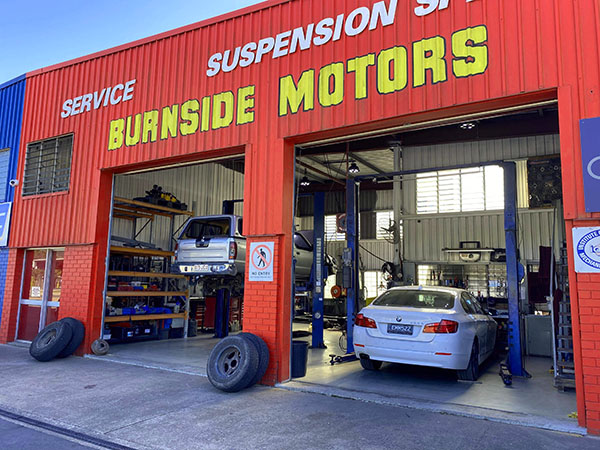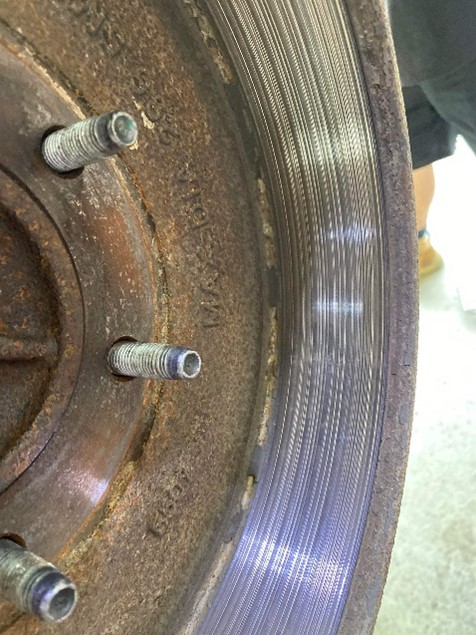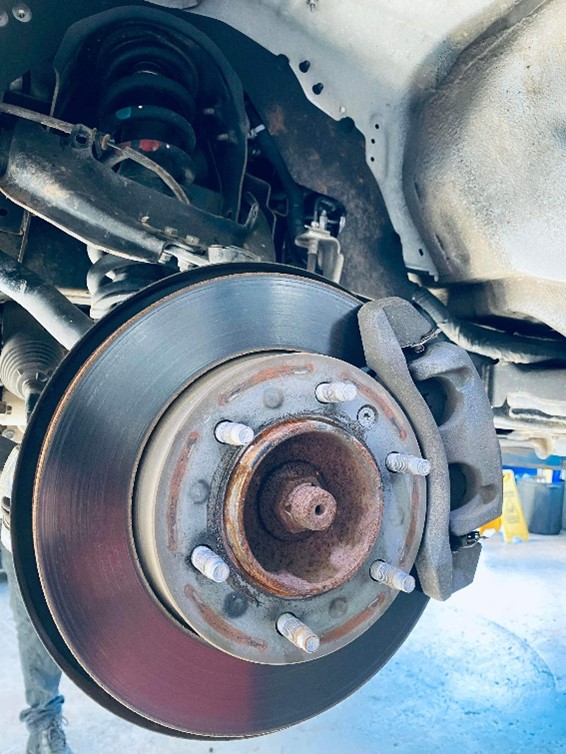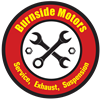At Burnside Motors, we understand that safety is paramount when it comes to your vehicle. That's why we take pride in offering top-quality brake services that keep you and your passengers protected on the road. Our team of skilled technicians is dedicated to delivering exceptional brake solutions tailored to your specific needs. Whether you're seeking routine maintenance, brake repairs, or upgrades, trust Burnside Motors to provide reliable, high-performance braking solutions that give you peace of mind with every stop.
Understanding the Purpose and Functionality of Brakes
Brakes are the unsung heroes of every vehicle, ensuring your safety by allowing you to slow down and stop when necessary. They work through a combination of mechanical and hydraulic systems. When you apply pressure to the brake pedal, the force is transmitted through a series of components, ultimately leading to the application of friction on the wheels, causing the vehicle to slow down or come to a complete stop.
Components of a Brake System and Their Function
A brake system consists of several vital components working harmoniously to provide reliable stopping power. These components include:
Brake Pads: These attach to the callipers and are pressed against the brake rotors to create friction, which slows down or stops the vehicle.
Brake Callipers: Callipers house the brake pads and contain pistons that apply pressure to the pads when the brake pedal is pressed.
Brake Rotors/Discs: Rotors are connected to the wheels and provide a surface for the brake pads to clamp onto, generating the necessary friction to slow down or stop the vehicle.
Brake Lines and Hoses: These carry hydraulic fluid, allowing the transfer of pressure from the brake pedal to the callipers, resulting in brake application.
Brake Fluid: Brake fluid is a hydraulic fluid that transfers the force from the brake pedal to the brake components, ensuring consistent and responsive braking.
Signs of Failing Brakes
Knowing the signs of failing brakes is crucial for your safety. Look out for the following symptoms:
Squeaking or Grinding Noises: Unusual noises, such as squeaking or grinding, may indicate worn-out brake pads or damage to other brake components.
Reduced Responsiveness: If you notice a delay in brake response or the pedal feels spongy, it may indicate air in the brake lines or a problem with the hydraulic system.
Vibrations or Pulsations: A vibrating brake pedal or pulsating sensation when applying the brakes could suggest warped brake rotors or uneven wear.
Warning Lights: Illumination of the brake warning light on your dashboard is an indication that your braking system needs attention.
Increased Stopping Distances: If your vehicle takes longer to come to a stop or you notice a decrease in overall braking performance, it's crucial to have your brakes inspected promptly.
Benefits of Upgrading to Heavy-Duty Brakes
Upgrading your brakes to a heavy-duty system offers several advantages:
Enhanced Performance: Heavy-duty brakes deliver improved stopping power, allowing for shorter stopping distances and increased control, particularly in demanding driving conditions.
Heat Dissipation: Heavy-duty brake systems are designed to dissipate heat more effectively, reducing the risk of brake fade during prolonged or aggressive braking.
Durability and Longevity: Upgraded brake components, such as high-performance pads and rotors, are built to withstand higher temperatures and wear, providing increased durability and longer lifespan.
Towing and Hauling Capability: If you frequently tow trailers or haul heavy loads, upgrading to heavy-duty brakes ensures the braking system can handle the increased demands, improving safety and control.
Call Now: (07) 5441 1871



